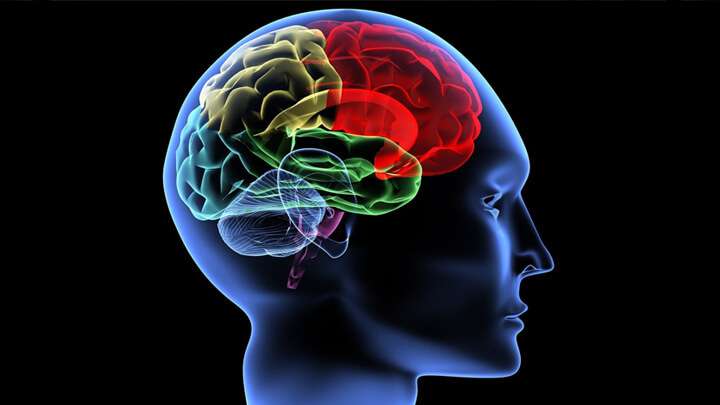The Role of Neurotransmitters – How Nootropics Tame Your Brain
Pretty much all of us on here love nootropics, and we love them for a reason. Whether we’re looking for a relatively simple solution to change our outlook on life, or just trying to feel a little smarter, we expect there will be changes to the very nature of our brains.
Indeed, any substance that is truly a nootropic will have some sort of effect on the chemical constituents and possibly even structure inside of our heads. This happens through the alteration of our neurochemical pathways and occasionally the brain’s own blood supply.
The question remains: what exactly are the things we’ve been ingesting doing at the biological level? This post should shed some light.
Our internal chemical universe
Everyone’s brains have chemicals called “neurotransmitters”, as the majority of people who have taken high school biology have heard at some point. They’re the agents with funny names that affect how you think on a day-to-day basis, and ultimately shape your mood and personality. There are many types of them, each with a set of functions that scientists believe to work together to form your mental being.
Each person, of course, has different amounts of these chemicals and different “sensitivities” to them or different ways of reacting. From the effects drugs have on a person’s psyche, it can be seen clearly the kind of roles neurotransmitters play.
Balance is everything
Patients that are diagnosed with mental disorders often have an “imbalance” or improper amount of certain ones, which can be remedied with antidepressants, antipsychotics, and attention-enhancers. In a way, they are being supplemented in a precise way to achieve mental health.
As with the typical psychiatric drugs that are rampantly prescribed in many modern countries, nootropics provide their benefits by changing the levels of the neurotransmitters in your brain! The difference is, however, that it’s not always a chemical balancing issue.
Many noots work by seeking to change the very structure of your neural pathways. This is done through an increase in plasticity, or the ability for the brain to change how it’s wired up together.
Sometimes, they also give you a slight boost in neurotransmitters which have balance but could benefit you by having more of them. Getting a bit more complicated, right? The best way to approach how this works is by looking at some of the more common chemicals involved in nootropics.
Acetylcholine
Acetylcholine (or ACh for short) is one of the most common neurotransmitters in your body, found not only in the brain, but also in high amounts in muscle and other non-neural tissues. It serves largely to make your muscles move correctly, but in your brain it is usually associated with memory formation and overall processing speed.
The well-known racetam class of drugs is known to increase the usage of ACh, and this is why a lot of people need to take choline sources with them. They can deplete levels of it, and this could possibly explain the headaches people get when not supplementing on choline.
Of course, everyone is different and not every person needs to. Since the racetams increase production and usage of acetylcholine, they can aid in studying and memorization.
Another example of how ACh can be affected by substances is whenever you take a benedryl for those nasty spring allergies. Benedryl contains diphenhydramine, which is an anticholinergic, or something that reduces ACh levels. This can explain why it can make you a bit foggy when you medicate with it, and it tends to dry up mucous membranes through other actions related to acetylcholine.
Dopamine
If you ever wondered what causes you to get the chills when listening to your favorite music, or what drives you to attain general success and happiness, it’s this. Dopamine is essentially your self-motivation and to an extent, your happiness. It’s the chemical that surges through parts of your brain called “reward pathways”, which reinforce behaviors that you acquire and what your brain believes to be beneficial to you.
In fact, it’s the main neurotransmitter involved with drug addiction, which is why you must tread carefully with any substances that involve a lot of it. Most medications for ADHD or Attention Deficit Hyperactivity Disorder act on the dopamine systems of the brain, which can help aid in attentiveness via use of the reward pathway.
A linchpin in any stack
As far as nootropics go, a dopamine increaser is an excellent addition to many peoples’ stacks, as often the source of mental fatigue is a lack of motivation. In addition, you will probably get a bit of a lift in overall mood. Examples are amino acids such as phenylalanine and tyrosine, which can go into your brain and be turned into extra dopamine.
No, you can’t just take dopamine as a supplement; it isn’t able to cross the brain from the other side. Another great nootropic to try is sulbutiamine, which is a vitamin B analog that has been reported to greatly improve energy in very fatigued people.
Other chemicals that are frequently seen affected in cognitive enhancers are norepinephrine (focus and attention), MAO (Monoamine Oxidase) and cAMP, which is a key part of the CILTEP stack from Longecity.org. Of course, as we get to know the brain through ever-expanding scientific research, we’ll find more significant chemicals that affect the way we work.
As always, keep nooting, everyone!

